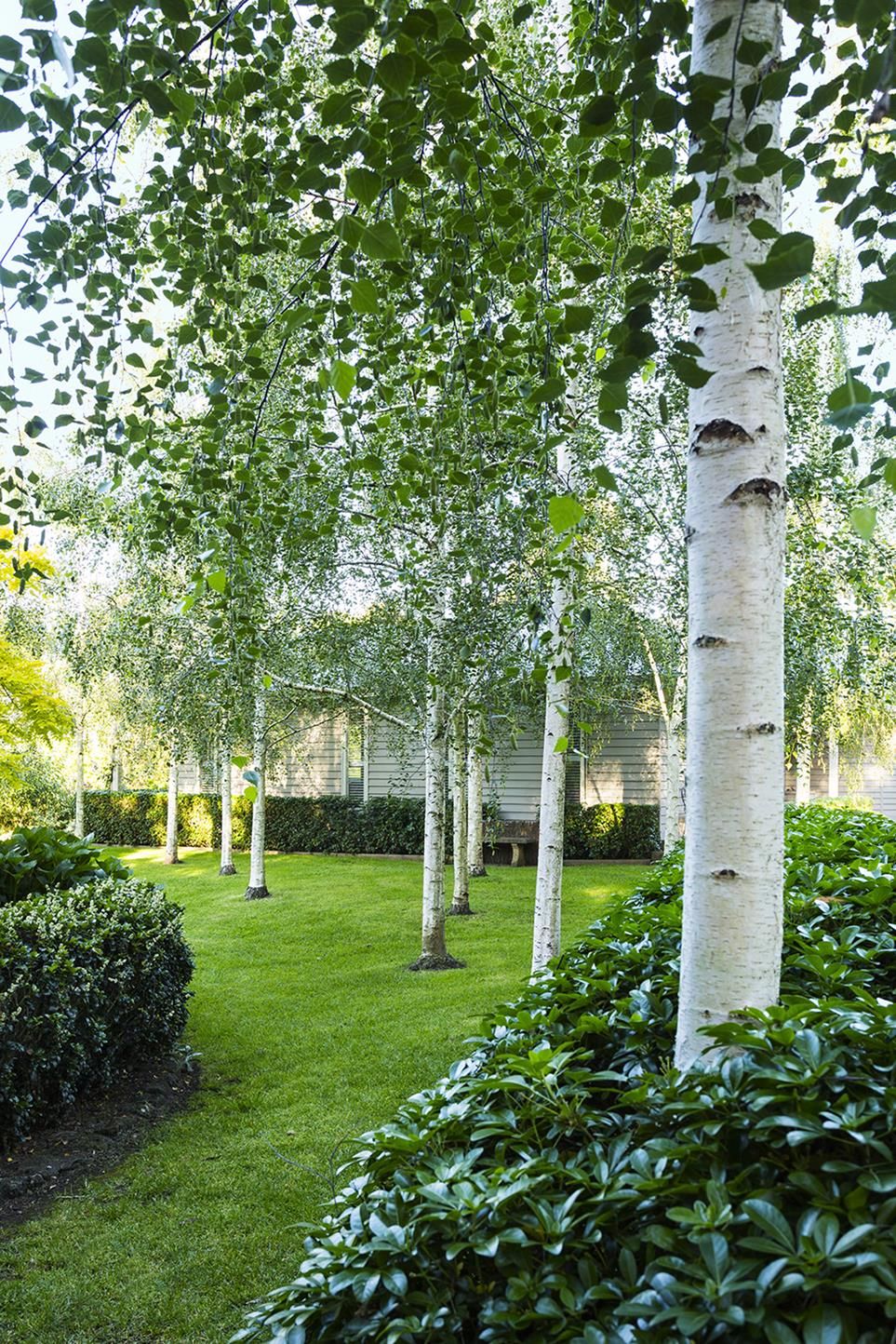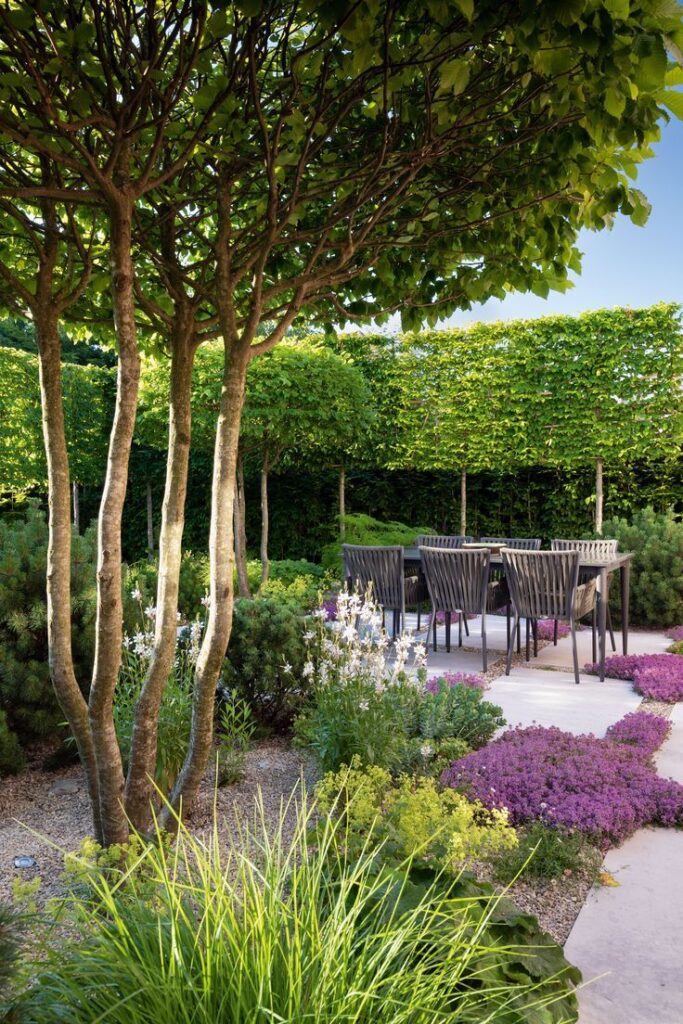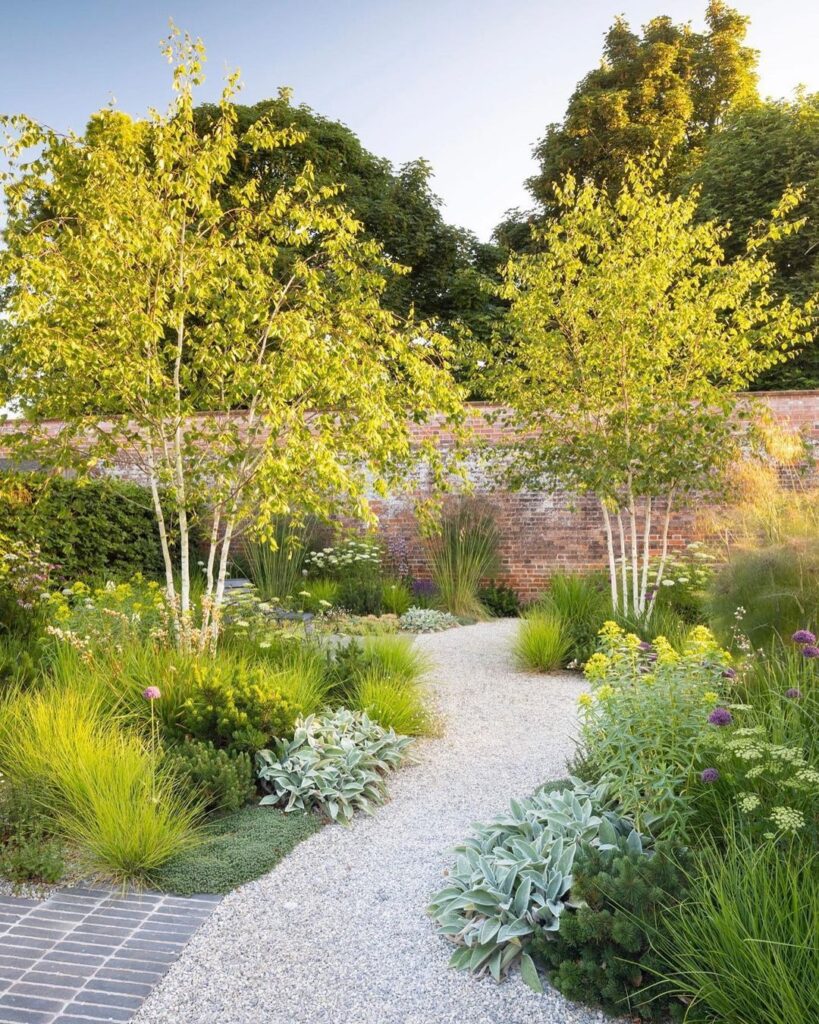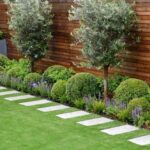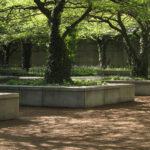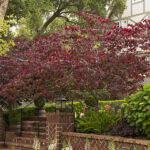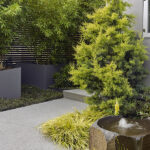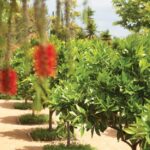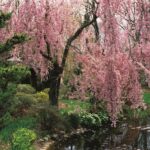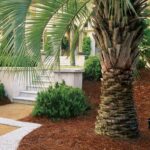When it comes to designing a garden, trees play a crucial role in adding both beauty and functionality to the space. By carefully selecting and placing trees in your garden, you can create a harmonious and inviting outdoor oasis. There are a variety of factors to consider when choosing trees for your garden, including size, shape, foliage, and maintenance requirements.
One important consideration when selecting trees for your garden is the size of the space. If you have a small garden, you will want to choose trees that are more compact and have a slower growth rate. Some popular options for small gardens include ornamental trees like Japanese maples, dogwoods, and crabapples. These trees provide a burst of color and interest without overwhelming the space.
In larger gardens, you have more flexibility in terms of tree selection. You can incorporate a mix of evergreen and deciduous trees to create visual interest and provide year-round structure. Large shade trees like oak, maple, and magnolia can provide valuable shade and create a focal point in the garden. Consider the mature size of the trees, as you don’t want them to outgrow their allotted space and crowd out other plants.
The shape and form of a tree can also greatly impact the overall look and feel of your garden. Some trees have a more formal, upright growth habit, while others have a weeping or spreading form. Consider how the shape of the tree will complement the other elements in your garden, such as shrubs, flowers, and hardscape features. Trees with interesting branching patterns or unique bark can add texture and visual appeal to the garden.
In addition to aesthetics, it’s important to consider the practical aspects of tree selection. Some trees are more high-maintenance than others, requiring regular pruning, fertilizing, and pest control. If you prefer a low-maintenance garden, choose trees that are more tolerant of environmental conditions and require minimal care. Native trees are often a good choice, as they are well-adapted to the local climate and soil conditions.
Lastly, think about the overall purpose of the trees in your garden. Are you looking for privacy screening, shade, habitat for wildlife, or simply ornamental beauty? By identifying your goals, you can select trees that will best meet your needs. Whether you choose flowering trees for a burst of color in the spring or evergreens for year-round interest, thoughtful tree selection and placement can transform your garden into a peaceful retreat.
